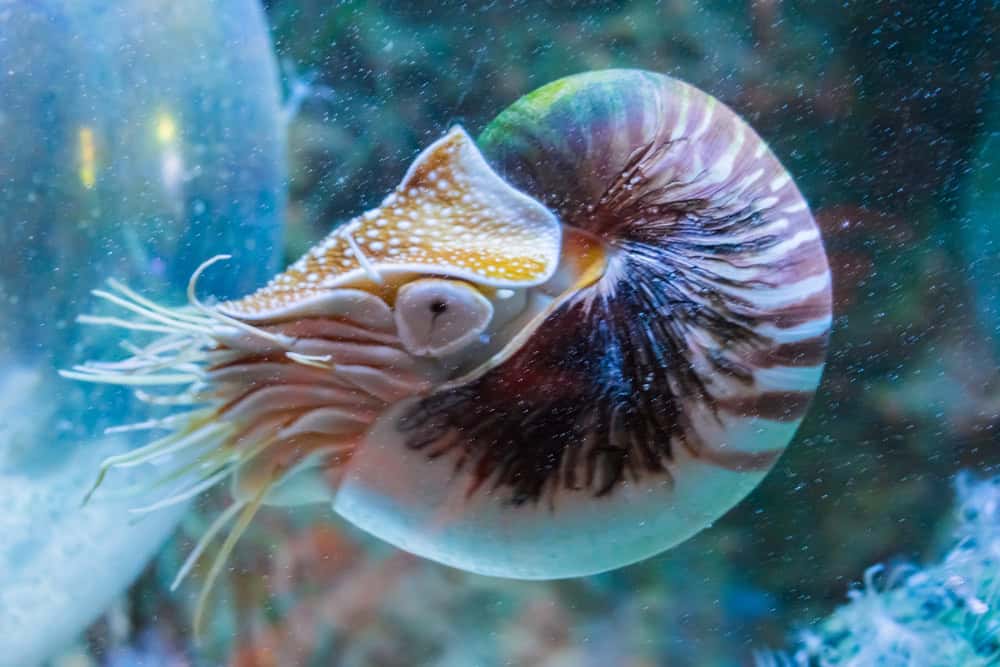In a world constantly evolving with remarkable speed, certain creatures seem to defy time. These living relics, often referred to as “living fossils,” have remained virtually unchanged for millions of years, offering us a glimpse into the prehistoric past. While dinosaurs walked the Earth, a number of these resilient species lived alongside them. Let’s journey through time and discover 12 animals that have withstood the test of time, barely changing since the age of dinosaurs.
Horseshoe Crab
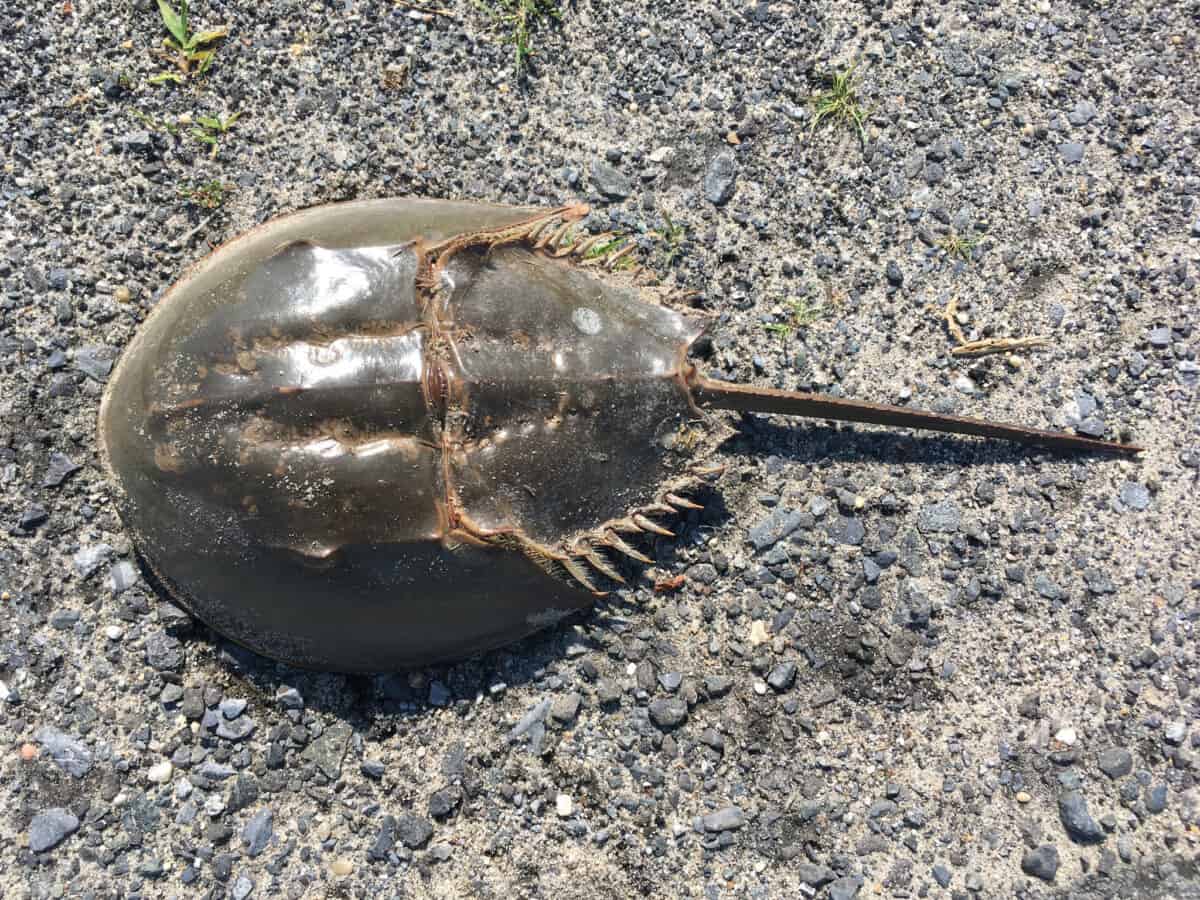
The horseshoe crab is an extraordinary survivor, having existed for around 450 million years. Found along the coastlines of North America and Asia, these creatures are more closely related to spiders than crabs. With their hard exoskeletons and unique blue blood, horseshoe crabs have helped medical science make significant strides, especially in endotoxin testing for vaccines.
Coelacanth

Once thought extinct until rediscovered in 1938, the coelacanth is a deep-sea dwelling fish that has roamed the oceans for approximately 360 million years. With a lobe-finned structure that oddly resembles the limbs of terrestrial animals, the coelacanth provides valuable insight into the evolutionary transition from sea to land.
Tuataras

Resembling lizards, tuataras are unique reptiles native to New Zealand and have persisted for about 200 million years. While they look like common reptiles, tuataras belong to a distinct lineage, showcasing a curious blend of features from their ancestors. With a highly specialized pineal eye on top of their heads and longevity that can reach over a century, they continue to fascinate scientists.
Sturgeon
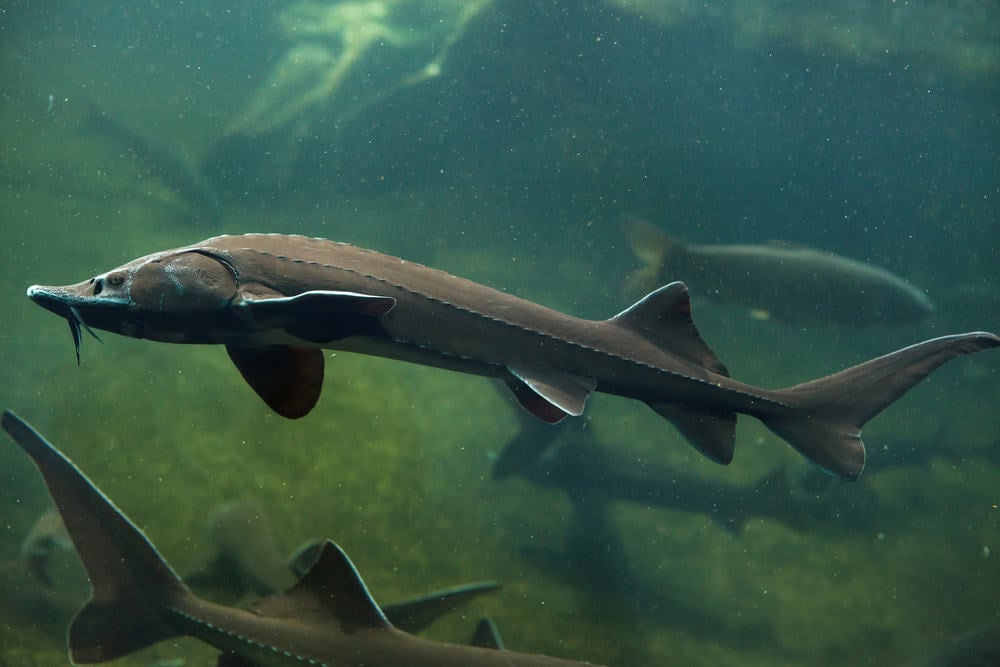
Among the oldest groups of fish, sturgeons have swum through freshwater rivers and coastal waters for over 200 million years. Known for their massive size and bony scutes, they are also the source of the world-famous caviar. Unfortunately, many sturgeon species face threats from overfishing and habitat loss, and conservation efforts are critical to their survival.
Crocodiles
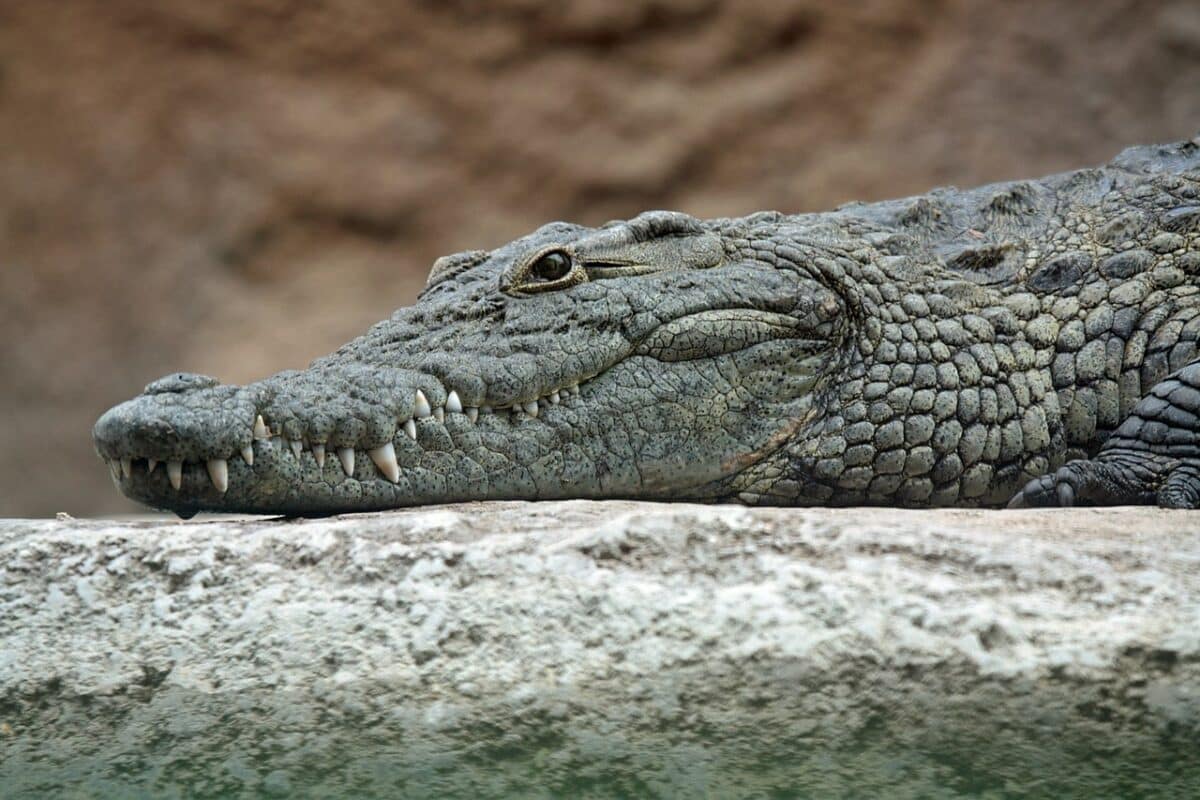
Modern crocodiles are one of the closest relatives to dinosaurs among living reptiles, having existed for around 200 million years. With their powerful jaws and formidable presence, crocodiles have adapted perfectly to their aquatic environments, making them apex predators in ecosystems across the world.
Nautilus

The nautilus is a mesmerizing marine mollusk that has spiraled through the ocean for over 500 million years. Encased in a beautifully coiled shell, nautiluses regulate their buoyancy and navigate deep waters with ease. These creatures have changed little since their ancient ancestors, boasting a perfect design for survival in their niche environment.
Platypus

This peculiar monotreme resembles a patchwork of different animals, with a duck’s bill, beaver’s tail, and otter’s feet. Roaming the rivers of Australia, the platypus holds the key to understanding mammalian evolution, having diverged from its lineage over 100 million years ago. Its ability to lay eggs and produce milk adds to its enigmatic nature.
Lingula
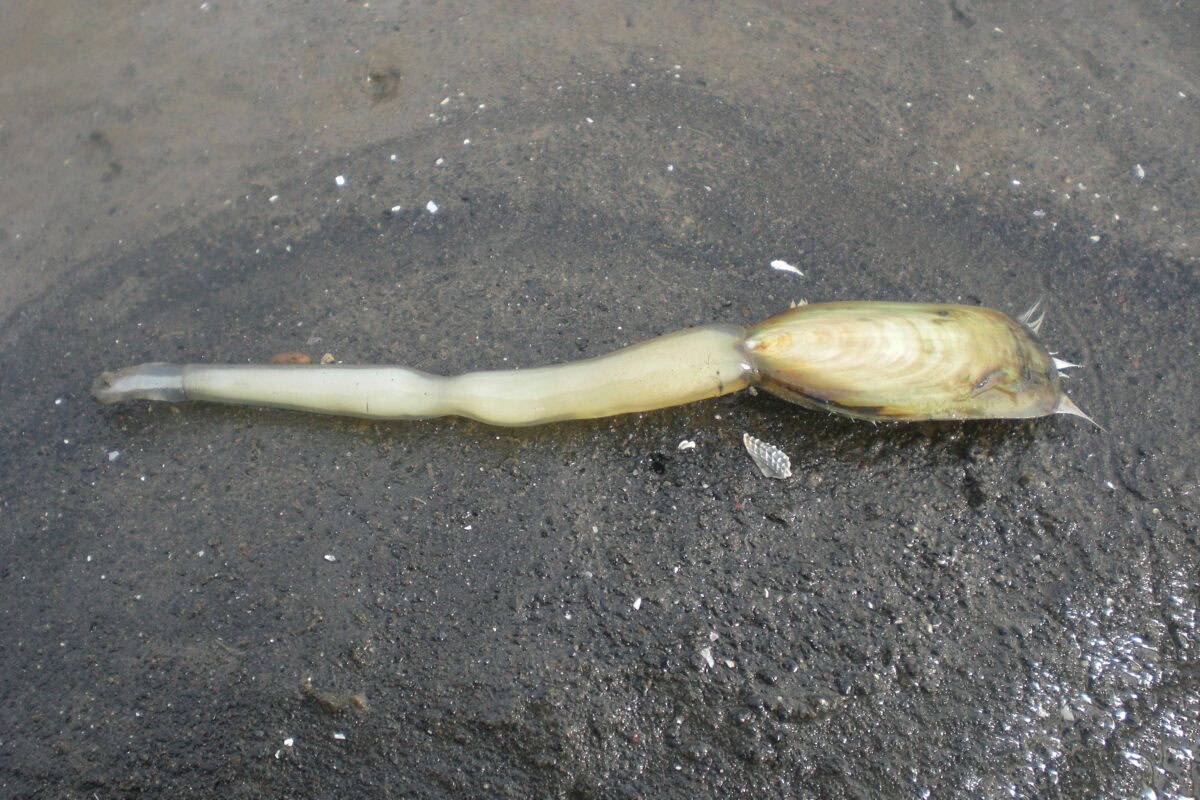
Considered one of the most ancient animal genera still in existence, lingulas, or lamp shells, have survived virtually unchanged for over 500 million years. These brachiopods dwell in burrows on the seabed, feeding through a unique filter system. Despite their ancient lineage, they are often mistaken for bivalve mollusks like clams.
Sharks

Sharks have prowled the oceans for more than 400 million years, with their most primitive ancestors predating dinosaurs. Their sleek, predatory form, coupled with highly adapted sensory organs, has made them incredibly effective hunters. Despite being a critical part of marine ecosystems, sharks face significant threats from human activities.
Alligators
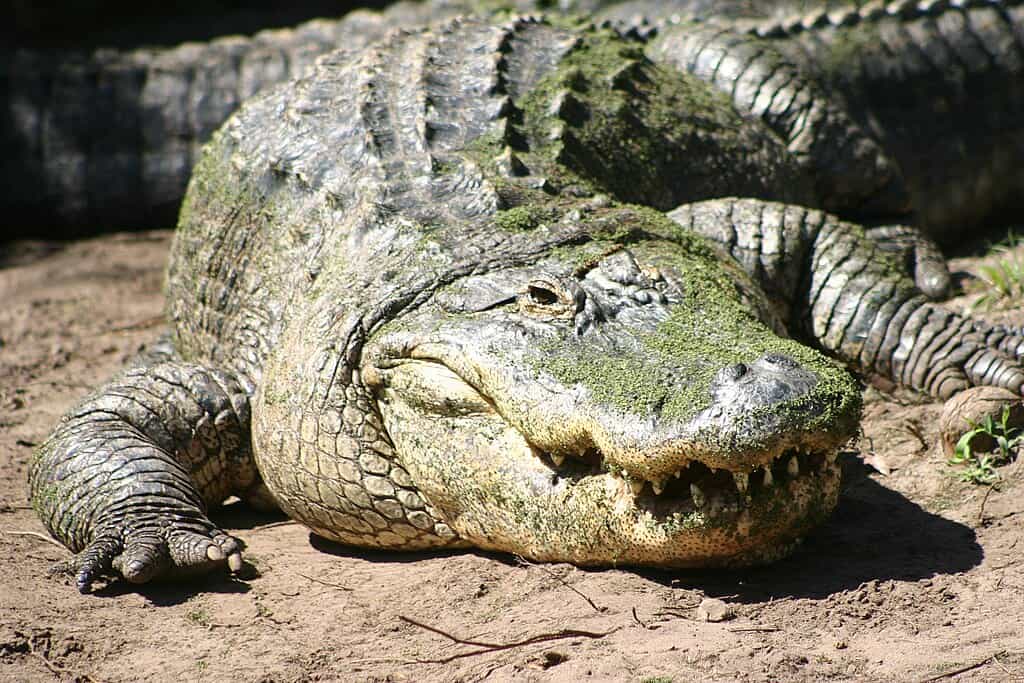
Often confused with crocodiles, alligators have also survived the ravages of time, remaining virtually unchanged for over 150 million years. Predominantly found in freshwater environments in the United States and China, these reptiles are formidable predators, equipped with strong jaws and powerful tails.
Crinoids
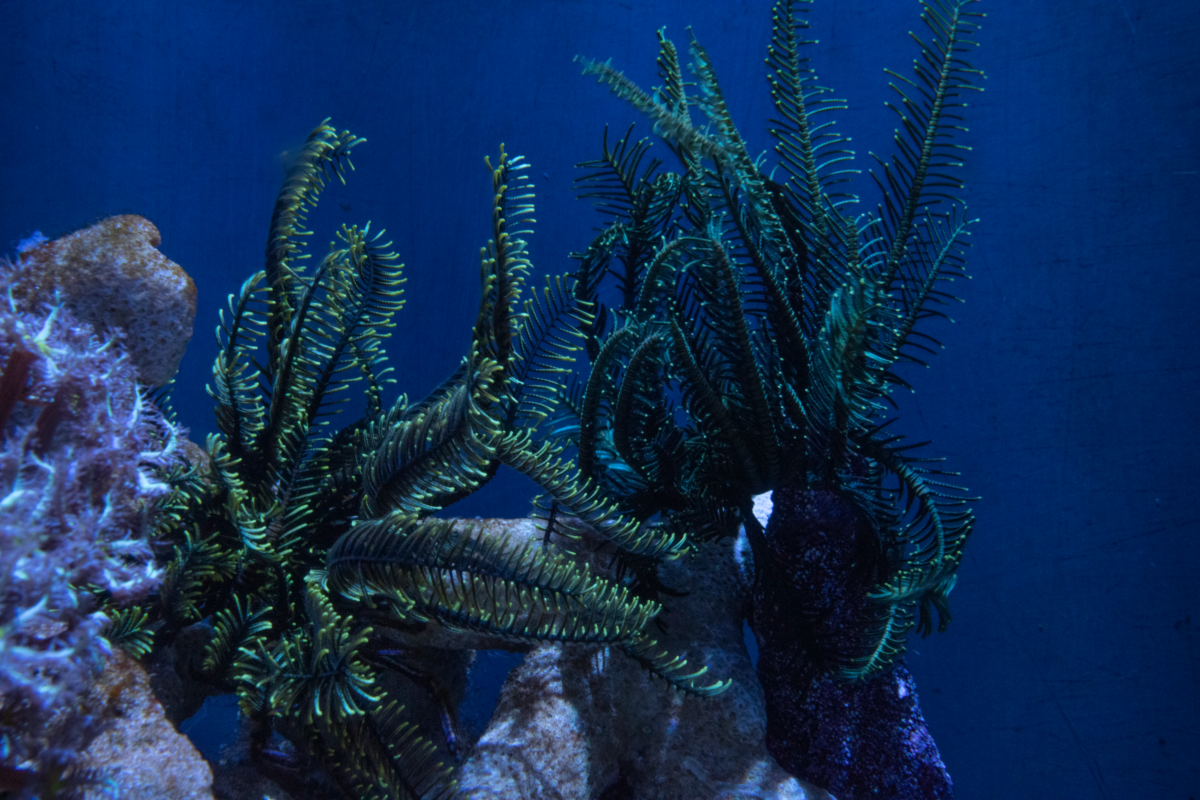
Commonly known as sea lilies, crinoids are marine animals attached to the seafloor via a stalk, though some species are free-swimming. They have decorated ocean floors for over 450 million years. Their feathery arms capture plankton and nutrients, supporting a diverse range of aquatic life.
Ginkgo Biloba
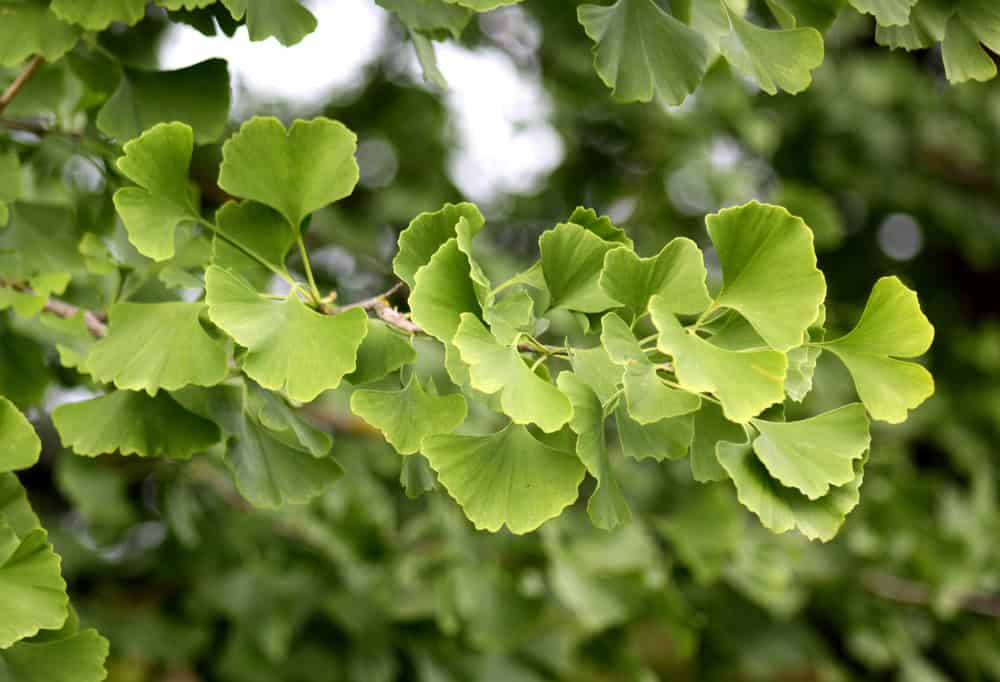
While not an animal, the ginkgo tree deserves mention due to its remarkable persistence. Often dubbed a “living fossil,” the ginkgo tree has endured unchanged for more than 200 million years. Revered for its beauty and medicinal properties, the ginkgo is a testament to the wonders of evolution and resilience.
In conclusion, these remarkable creatures and their intriguing histories remind us of the Earth’s dynamic story. Their existence offers a tangible connection to ancient worlds, providing scientists with vital evolutionary clues. As we endeavor to preserve their habitats, we must also celebrate the awe-inspiring tale of life that these animals continue to tell. Our responsibility is to ensure their survival for generations to come, allowing future explorers to marvel at these echoes from a bygone era.
- The Only Mammal That Can Breathe Through Its Skin - August 19, 2025
- How to Win Over Judges in Dressage Competitions - August 19, 2025
- Is There Hope for the Critically Endangered Amur Leopard? - August 19, 2025

